Prize money, ranking points, and podium photos track the success of badminton players as travel the world from tournament to tournament, but how are the globe-trotting coaches doing as they go from team to team?
By Jong. Photos: Badmintonphoto (live)
Coaches play a critical role in terms of a badminton player’s development. They modify the original training system to sharpen a player’s mentality and skill. Some players go abroad to train, while others are lucky enough to have world-class coaches hired by their nation’s badminton association. Park Joo Bong, for example, has been coaching in Japan nearly as long as he was a player in Korea. The phenomenon isn’t new but some of these coaches’ international careers are, and so are the successes of some of their players.
After the 2016 Rio Olympics, the badminton scene saw several more coaches transferred to other countries for the next stage of their career. Some coaches made history within a matter of months while others still struggle to bring out the best in the new players in their charge.
Behind the All England champions
Japanese duo Yuta Watanabe and Arisa Higashino (pictured right) created history by winning Japan’s first All England mixed doubles title. Prior to that, Japan’s had not won any mixed doubles titles at any Superseries level tournament or above. The same pair created surprises at 2017 All England and Sudirman Cup but failed to impress in any other tournaments.
With the arrival of Jeremy Gan (pictured top) in the beginning of 2018, the Japanese playing style changed tremendously. Within 3 months, Jeremy brought a Japanese pair to the All England podium and his nearly instant success revealed that Malaysia’s loss was Japan’s gain.
Keeping that belief when others don’t
Rexy Mainaky (pictured) may have felt his work in Indonesia was finished after he brought the gold medal tradition back home at the 2016 Rio Olympics. Indeed, his contract with the Indonesia Badminton Association (PBSI) ended, he moved to coach for the Badminton Association of Thailand in 2017. Rexy pointed out recently that the Thai players had the skills and technique to become champions but that they lacked belief.
In the 2017 Sudirman Cup quarter-final, it was an uphill battle for Thailand against Denmark. In 4 of the 5 disciplines, Denmark appeared to have a clear advantage over the Thais. Women’s doubles was the final match, the one that would decide which team would proceed to semi-final. Surprisingly, Rexy shuffled his women’s doubles line-up to send Sapsiree Taerattanachai / Jongkolphan Kititharakul (pictured bottom) up against the reigning Olympic silver medallists. He took the risk and the Thai pair managed to create big upset for Denmark team.
Catching up to the ladies
Indian men’s singles achieved significant progress after Mulyo Handoyo joined the coaching staff for the Badminton Association of India in early 2017. One of the highlights of that 2017 season was the historic event at the Singapore Open, which saw Srikanth Kidambi and Sai Praneeth contest an all-Indian men’s singles final, the first ever in over 10 years of Superseries tournaments. Kidambi did not win that event but it did propel him forward to take the next two events, and indeed he became the first Indian to win four Superseries titles in a calendar year.
When they finally equalized the spotlight with the women’s singles division (highlighted by the achievements of Saina Nehwal and Pusarla Venkata Sindhu), Mulyo left India due to personal reasons. The Indians will be back to Pullela Gopichand (pictured right, with Mulyo Handoyo) training methods and will continue to endeavour to maintain that level of success of men’s singles.
Who’s Next?
China remains the one of the few top badminton nations whose association does not hire foreign coaches. They revamped the coaching staff with some promotions and new recruits after Li Yongbo left. While China is trapped in a period of transition – both in terms of coaches and players – other countries have glimpsed the availability of Li Yongbo (pictured) as a possibility. Malaysia has interest in hiring Li Yongbo to assist their badminton programme, which is going through an even more difficult time than China’s. The situation will be more dire for the Southeast Asian badminton power if men’s singles legend Lee Chong Wei were to call time on his international playing career.
Li Yongbo is famous for boasting: “I will create 100 Champions before I retire.” He did not quite manage to fulfill that aspiration but the Chinese media did tabulate an impressive 81 champions he delivered for China from 1993 to 2016, counting only winners from the Sudirman, Thomas, and Uber Cups as well as World and Olympic champions. The remaining 19 titles may yet be claimed by champions-in-waiting in other nations, were he to be hired by some other badminton association.
Between now and 2019, we are likely to see more changes in the coaching scene. Badminton associations still have adequate time for a new coach to accomplish player training goals prior to the 2020 Tokyo Olympics. More surprises may be in store if more coaches take their training techniques on the road to unleash the potential of players in other parts of the badminton globe.
![Where in the world can you find the right coach? Prize money, ranking points, and podium photos track the success of badminton players as travel the world from tournament to tournament, but how are the globe-trotting coaches doing as they […]](http://www.badzine.net/wp-content/uploads/ngg_featured/20180317_1051_AllEngland2018_BP016049_rotator.jpg)
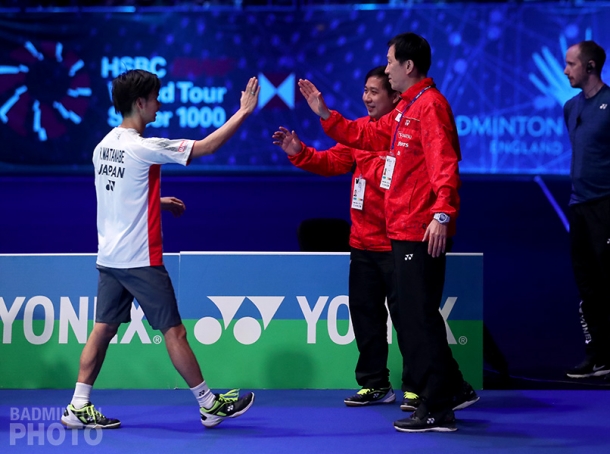
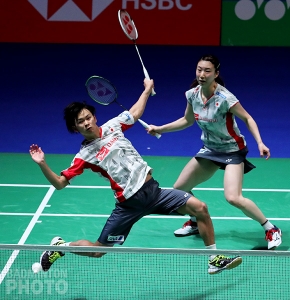
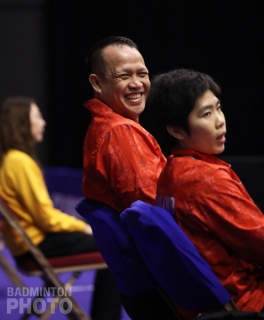
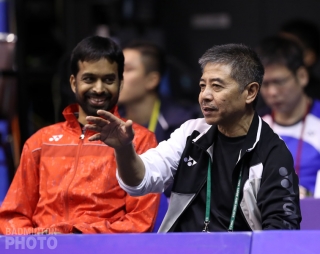
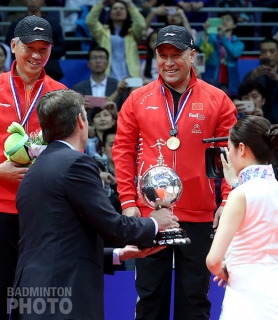
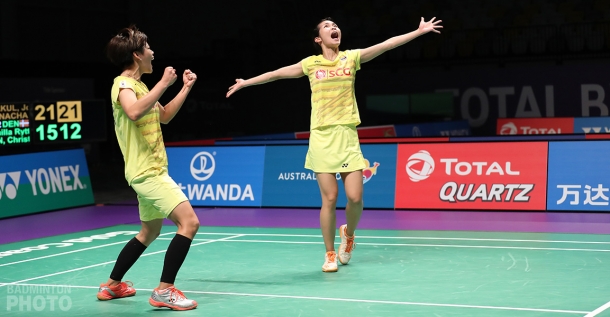
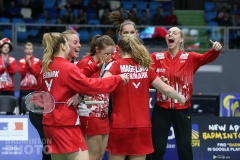
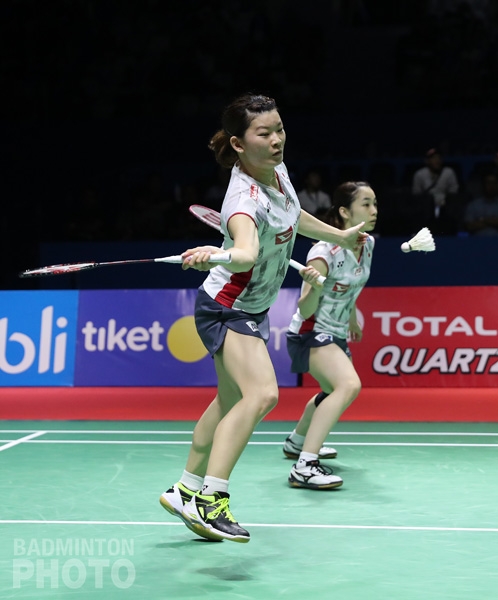
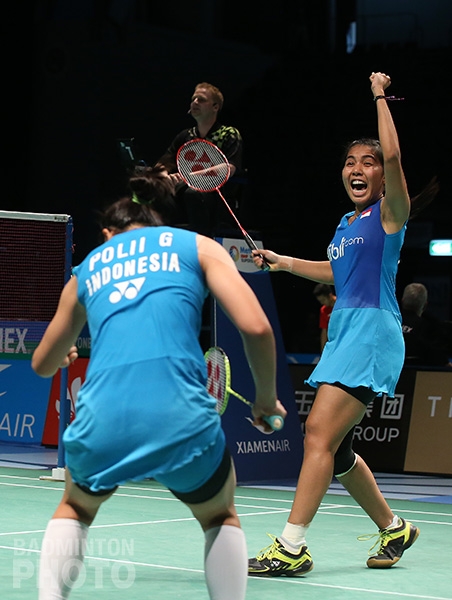



Interesting that you left out any detail about Morten Frost and Peter Gade. I think their past positions and recent changes would have been relevant and informative.
You are correct that there are so many examples. Our writer elected to focus on changes since the Rio Olympics. Frost and Gade made changes since then but in both cases, out of national team coaching, not into it. You are right that articles on other coaches and their accomplishments would make for interesting articles and we will see what we can do to get some of those written in the future.